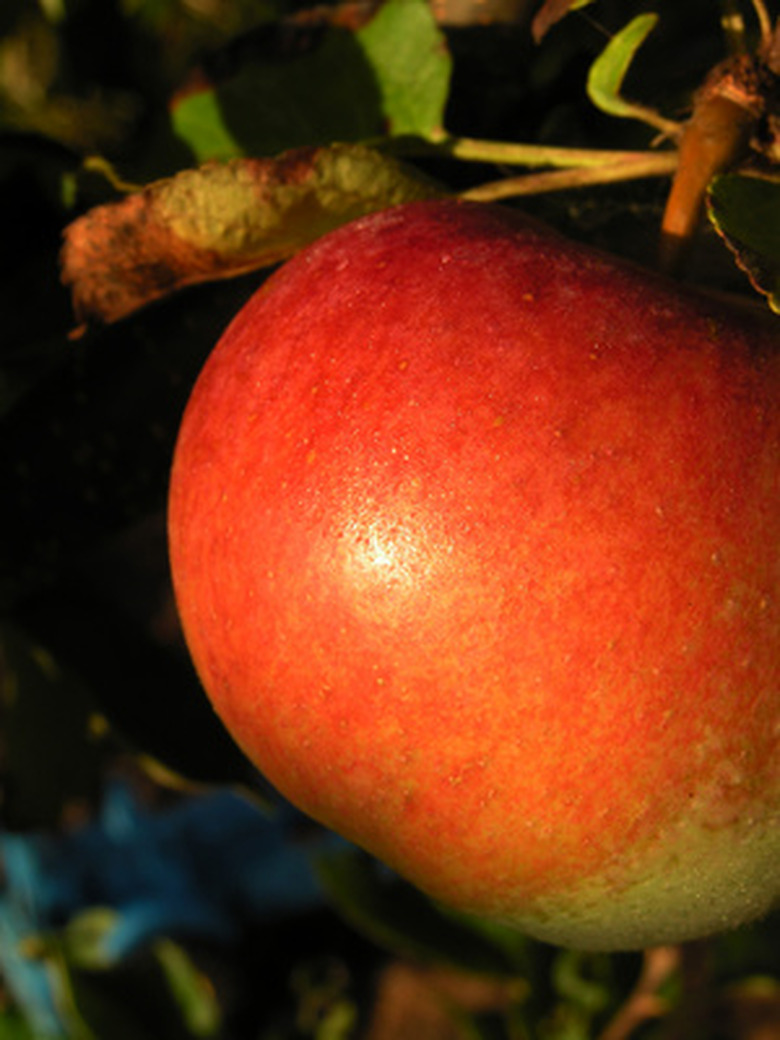How To Grow Fruit Trees In Vermont
Things Needed
- Shovel
- Pruning shears
- Mulch
The biggest limiting factor in fruit production for Vermont is the climate. Vermont soils are rich with loamy glacial till that may extend for up to 20 inches. But Vermont lies within the USDA Hardiness zones of 3 through 5. Average winter temperatures in Vermont may dip as low as -30 degrees Fahrenheit. Mild summers and harsh, cold winters mean that in order to grow fruit, you must select cold-hearty fruit trees.
Step 1
Time your fruit tree planting for early spring as soon as the ground has thawed. Vermont winters are too harsh for fall planting of trees.
- The biggest limiting factor in fruit production for Vermont is the climate.
- Mild summers and harsh, cold winters mean that in order to grow fruit, you must select cold-hearty fruit trees.
Step 2
Test the soil by digging a small amount up with a shovel. If the soil comes up in sticky clumps, it is waterlogged. Wait until the soil drains and no longer comes up in sticky clumps before planting your tree.
Step 3
Select a location for your tree that receives up to six hours of sunlight daily. Your tree should be planted far enough away from other structures that it will not interfere with them as it grows. Soil should contain a minimum of 18 inches of glacial till above the hardpan underlayer.
Step 4
Dig a planting hole for your tree that is twice as wide as your tree's root ball and no deeper than the root ball. Do not add soil amendments. This will prevent the root ball from growing out beyond the planting hole and becoming established.
- Test the soil by digging a small amount up with a shovel.
- This will prevent the root ball from growing out beyond the planting hole and becoming established.
Step 5
Prune any broken or damaged roots away from the root ball. Place your tree's root ball into the planting hole. Cover with dirt. Tap the planting with your heel to dislodge any air pockets and finish covering with soil.
Step 6
Apply five gallons of water around the base of the tree each week during the growing season if there is no rainfall.
Step 7
Mulch around your tree to hold in water and prevent weeds from becoming established. Do not mound the mulch up around the trunk of your tree.
- Prune any broken or damaged roots away from the root ball.
- Mulch around your tree to hold in water and prevent weeds from becoming established.
